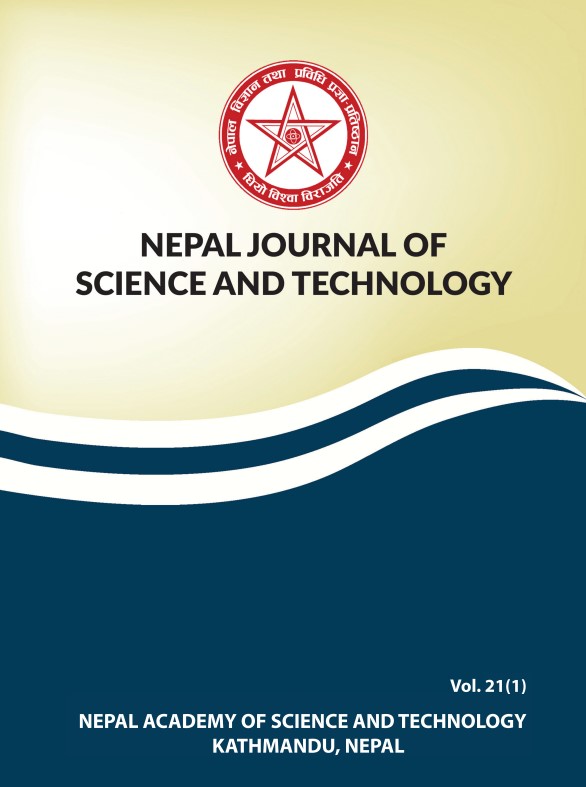Development of Numerical Modeling for Finding Reflection and Transmission Coefficients in an Engineering Learning Paradigm of Computational Thinking
DOI:
https://doi.org/10.3126/njst.v21i1.49959Keywords:
Engineering education, Computational thinking, Computer simulationsAbstract
In electromagnetics and antenna engineering, reflection and transmission coefficients are important parameters to be evaluated statistically and numerically to obtain effective computer simulations. This paper proposes a pedagogy to understand the development methodology of numerical reflection and transmission coefficient models. The proposed method employs relatively easy mathematics instead of the conventional ways that use difficult mathematics. These are then simulated as computer models. The study in this paper included a medium comprising of air and glass placed in it. Firstly, the region was divided into a gridded structure where the grids were mathematically formulated. Points on the grid were distinguished between different media using electrical permittivity and conductivity. The grids included boundary conditions and electric field wave propagation through them. Both boundary conditions and field equations were numerically modelled and discretized using the finite difference method with a proportional h2 error. This method provided a system of linear equations, which were then solved linearly to obtain the required reflection and transmission coefficients. An important aspect of the presented work is to provide an example approach for computational thinking (CT), which is now considered an important part of any engineering curriculum
Downloads
Downloads
Published
How to Cite
Issue
Section
License

This work is licensed under a Creative Commons Attribution-NonCommercial 4.0 International License.
Authors retain copyright and grant the journal right of first publication.




